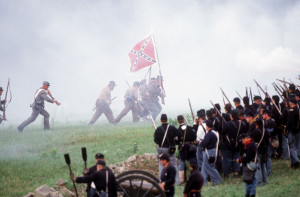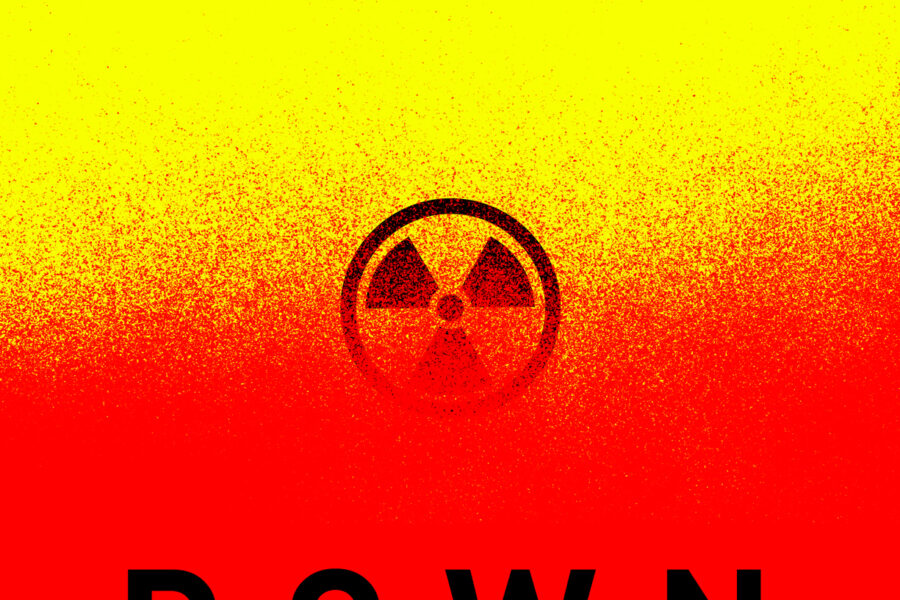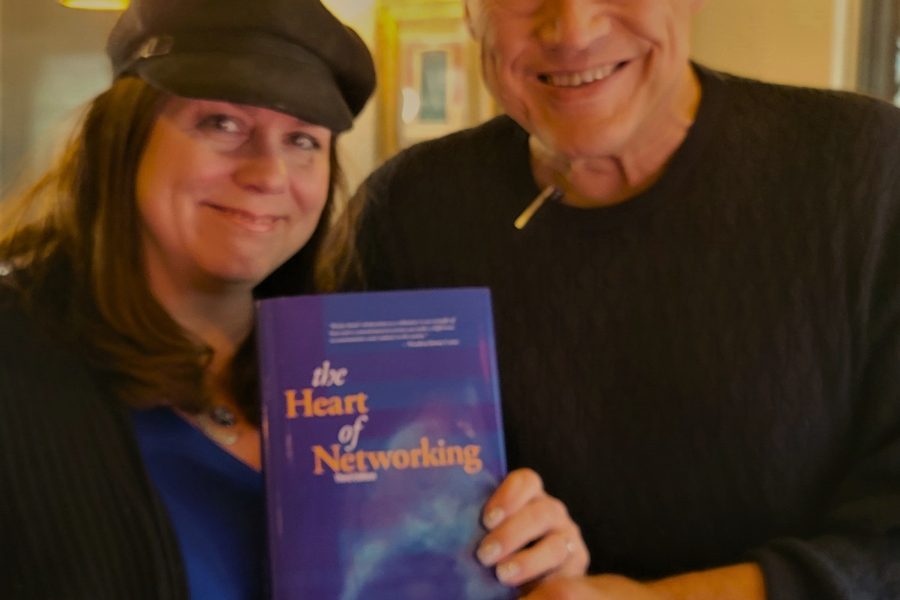
As an organizational storyteller and a history buff, I’ve seldom tackled a more fascinating writing assignment than this: chronicling Wharton Executive Education’s program that brings lessons of leadership from actual sites of major historical battles.
The unique learning engagement has taken business leaders from the fields of Gettysburg, to the beaches at Normandy and the Italian Peninsula to understand and learn from the commanders who led military forces and fought in these locations during the Civil War and WWII.
Rather than relying on classroom lectures from imminent historians, program participants actually toured the hallowed ground where blood was shed, and, in the case of the WWII locations, heard from surviving eyewitnesses.
For the past decade, Wharton has hosted scores of alumni through the fields of Gettysburg to recreate the critical decision-making moments and their outcomes of the most famous battle in the Civil War and widely considered its turning point.
In the case of Gettysburg, Wharton participants studied Confederate General Robert E. Lee’s less-than-clear strategic intent to his commanders in the field, notably Gen. Ewell. Wharton also showed the initiative and innovative actions early on by John Buford, a Union cavalry commander who first arrived at Gettysburg before the Confederate army was concentrated for battle. He quickly grasped the significance of the high ground south of the town, galvanizing his cavalry to hold back the Confederates until Union reinforcements could arrive.

This past September, Wharton also hosted a three-day trip to Italy, where 24 global business leaders retraced the steps of Lt. Gen. Mark Clark, leader of the 5th U.S. Army in Italy, through a series of battles along the Italian peninsula begun in September 1943. Clark was tasked with disrupting entrenched German forces in preparation for the Normandy invasion the following June. The path forward for the Allies was daunting given German fortifications and central Italy’s narrow and mountainous terrain with high, barely passable trails, open valleys and rivers.
“The reason we decided to go to Italy was because it’s an example of multiple failures of leadership – failures in strategy, failures indecision making,” recalls Todd Henshaw, PhD, director of Executive Leadership Programs at The Wharton School and former director of leadership and management programs at West Point, where he served as a key author and designer of the Academy’s leadership programs.

Henshaw elaborates, explaining how Clark failed to set the conditions for his commanders to succeed by not providing enough resources and support; he also didn’t give his subordinates “clear missions that were achievable.” The disastrous outcome for allied troops attempting to cross the Rapido River in October 1943 is well summarized in John Reardon’s blog post, which details the unnecessary loss of life, especially for the 36th Infantry division from Texas. The river was one of four stops the Wharton participants visited. Another was Monte Cassino, a historic hilltop abbey that was almost completely destroyed by allies. Participants heard from a Benedictine monk, who was 15 at the time of the battle and who was thankful for Allied action.While the bombing of

the monastery resulted in significant civilian casualties, it ultimately resulted in Germans being pushed out of the area, the monk stated.
Woven into the on-site experiences was a full day of classroom lectures, where participants explored their own personal leadership styles and reviewed a Harvard case of the May 10,1996 Mt. Everest disaster, where eight climbers died after a fast-moving storm hit the summit, trapping climbers on the mountain. The 1996 disaster, which claimed the lives of competing team leaders Rob Hall and Scott Fischer, remains the worst loss of life on the mountain on a single day.
So, what’s been the impact of the most recent program? Feedback from the Italy participants has been universally positive. Many attendees said eyewitnesses really brought the leadership challenges to life for them. The vividness of learning about leadership breakdowns rather than leadership successes is helping them better understand their own styles of decision making and how to be better leaders to their own teams.
“A lot of choices and decisions leaders make on a battlefield are not dissimilar to what we face in a corporate environment every day,” observed Wharton’s custom client for the Italy trip. “It’s all around understanding the markets that you are in, the competition that you’re dealing with, the resources in terms of people and time that you have — there are parallels that are very easy to make.”
According to Henshaw, two common learning themes emerged:
- One, How do I set conditions and shape the environment so my people can be successful?
- Two, How do I bring innovation back into my workplace? How do I allow it? How do I build a climate for it? How do I ensure I share the best thinking across the team and across the organization?
Concludes Henshaw: “The stories and case studies are very rich and are crafted to meet the learning needs of our clients, whether it’s risk management, transformational leadership, strategic thinking, or innovation. Participants live the story — and it’s learning that lasts a lifetime.”





